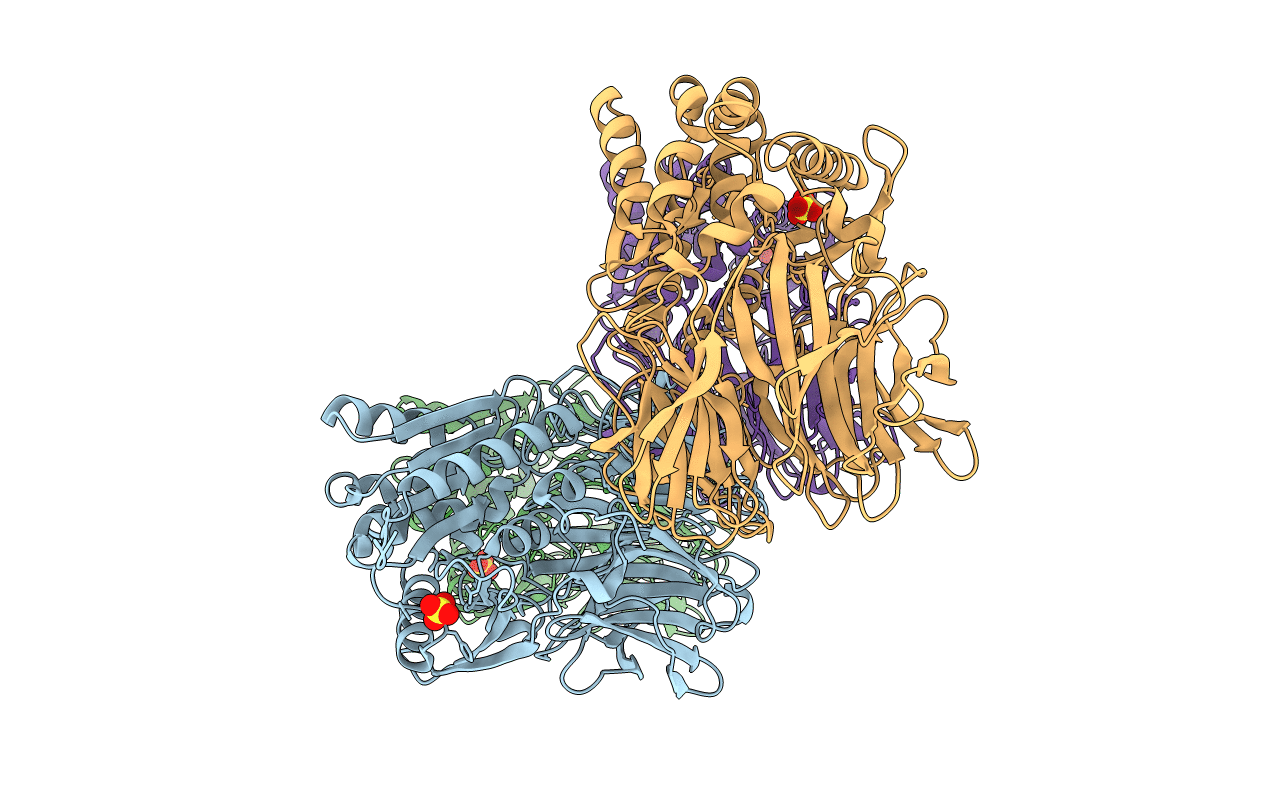
Deposition Date
2016-06-08
Release Date
2016-11-16
Last Version Date
2024-01-10
Entry Detail
PDB ID:
5L8S
Keywords:
Title:
The crystal structure of a cold-adapted acylaminoacyl peptidase reveals a novel quaternary architecture based on the arm-exchange mechanism
Biological Source:
Source Organism:
Sporosarcina psychrophila (Taxon ID: 1476)
Host Organism:
Method Details:
Experimental Method:
Resolution:
2.50 Å
R-Value Free:
0.24
R-Value Work:
0.21
R-Value Observed:
0.21
Space Group:
P 21 21 21


